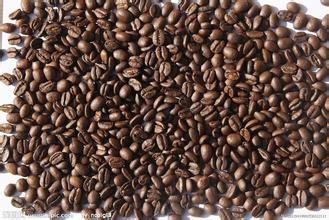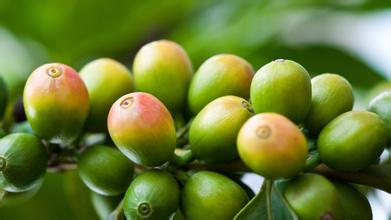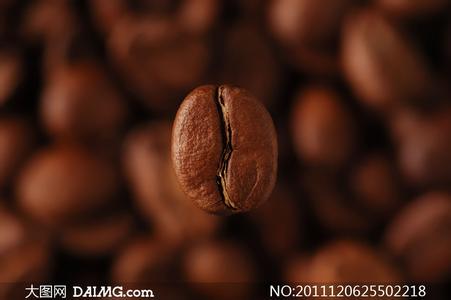Description of flavor and flavor of Guatemalan coffee red wine introduction to the production area of grinding scale variety treatment method
Description of flavor and flavor of Guatemalan coffee red wine introduction to the production area of grinding scale variety treatment method
Most small-scale producers are descendants of the Mayan, who like to be called locals. Currently, they are also benefiting from a U.S.-funded project, known locally as The Project, which plans to invest $2.5 million to encourage the opening of small, high-quality coffee plantations. The main areas rich in premium coffee in Guatemala are Lake Lake Atitlan and Huehuentenango. The purpose of the project is to help overcome the vicious cycle of high yield and low quality that afflicts the world coffee industry. For example, Bourbon trees grow taller and produce fewer beans than the new dwarf trees, and although they all belong to Arabica coffee varieties, bourbon trees produce better beans and are more popular with gourmets. The project also hopes to encourage local producers to process their own coffee beans, as most coffee fruits are now sold to middlemen, and if coffee processing can be done in local factories, its value and even quality may be improved.
Antigua (Antigua) is also a famous producer of coffee. Antigua coffee is produced in Hacienda Carmona, where the best quality coffee is ELPulcal, which is not only of good quality, but also has a stronger flavor, richer taste and stronger tobacco flavor than other Guatemalan coffee. Every 30 years or so, the area near Antigua is hit by a volcanic eruption, which provides more nitrogen to the already rich land, and plenty of rainfall and sunshine make the place more suitable for growing coffee
Rising to 2000 meters (6500 feet), with dense shade and unique ecology, the nearby Fuego volcano erupts, making its coarse, sandy soil rich in a variety of minerals. Temperate sea breezes from the Pacific and a seasonal climate allow coffee in this region to be dried by sunlight and processed according to traditional family methods that have been accumulated over the years.
[characteristics] the acidity is obvious, the dry and wet fragrance is remarkable and pleasant, the alcohol thickness is good, and the aftertaste is clear and long.
The three majestic volcanoes Agua, Acatenango and Fuego surround the Antigua Valley. Every once in a while, Fuego-- one of Guatemala's three active volcanoes adds fresh, mineral-rich ash to the soil of Antigua. The volcanic pumice in the soil can keep the soil moist, greatly making up for the lack of precipitation in Antigua, which is the least rainy of the eight coffee-producing regions in Guatemala.
Like all Guatemalan boutique coffee, Antigua coffee is grown in shade. In Antigua, shade is mainly used to protect coffee trees from frost, which is cold and sometimes frosty from December to February every year. Dense shade and extremely shallow aquifers work together to create a unique micro-climate for the coffee trees living in it.

Important Notice :
前街咖啡 FrontStreet Coffee has moved to new addredd:
FrontStreet Coffee Address: 315,Donghua East Road,GuangZhou
Tel:020 38364473
- Prev

Colombia Geisha Coffee Bean Taste Flavor Description Grind Scale Variety Regional Characteristics Introduction
Colombia Geisha Coffee Bean Taste Flavor Description Grind Scale Variety Introduction [Origin]: Panama [Origin]: Located on the slopes of Mount Baru, the highest peak in western Panama [Manor]: Esmeralda (Emerald Manor)/ Hacienda La Esmeralda [Grade]: SHB [Growth Elevation]: 1450M [Treatment Method]: Fine washing treatment [
- Next

Introduction to the variety treatment method of grinding scale for the description of manor flavor in different coffee producing areas in Colombia
Colombian coffee is located in the Andes, where the climate is mild, the air is humid, and the good rainfall makes it very suitable for coffee growth. according to the geographical location, it is divided into three producing areas: northern, central and southern, in which there are six high-quality coffee producing areas in Colombia.
Related
- Detailed explanation of Jadeite planting Land in Panamanian Jadeite Manor introduction to the grading system of Jadeite competitive bidding, Red bid, Green bid and Rose Summer
- Story of Coffee planting in Brenka region of Costa Rica Stonehenge Manor anaerobic heavy honey treatment of flavor mouth
- What's on the barrel of Blue Mountain Coffee beans?
- Can American coffee also pull flowers? How to use hot American style to pull out a good-looking pattern?
- Can you make a cold extract with coffee beans? What is the right proportion for cold-extracted coffee formula?
- Indonesian PWN Gold Mandrine Coffee Origin Features Flavor How to Chong? Mandolin coffee is American.
- A brief introduction to the flavor characteristics of Brazilian yellow bourbon coffee beans
- What is the effect of different water quality on the flavor of cold-extracted coffee? What kind of water is best for brewing coffee?
- Why do you think of Rose Summer whenever you mention Panamanian coffee?
- Introduction to the characteristics of authentic blue mountain coffee bean producing areas? What is the CIB Coffee Authority in Jamaica?

